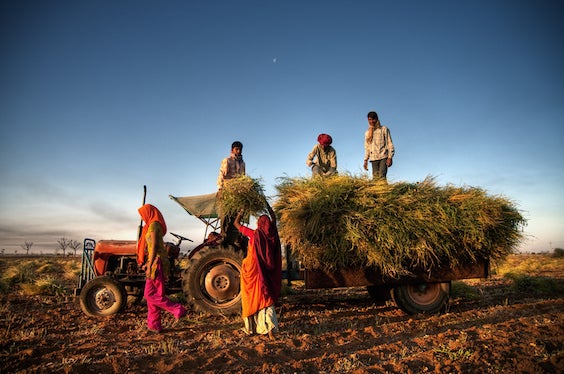
What did the saddest day of the year look like in India? For the Bene Israel community, as for Jews around the world, Tisha B’Av marks the end of three weeks of avoiding pleasures like meat, music, and dancing. But this cluster of Indian Jews also broke the twenty-four hour fast with a commemorative bowl of sprouted beans, or val, to remember the manna-like presentation of val to shipwreck survivors — ancestors — in the second century BCE.
So important was this humble reminder of survival that the Bene Israel even named the holiday after it, in Marathi and Urdu: Birda Cha Roza, or Sprouted Beans of the Fast. (Until British colonist John Wilson encountered the Bene Israel, they did not identify with the rest of world Jewry. Thus does their name for the saddest day of the Jewish year ring with the languages of their Muslim and Hindu neighbors).
In modern times, the eating of birda after Tisha B’av transformed into sprouted beans, egg curry and rice eaten seated on the floor, a “mourner’s meal.” But this meal also perhaps contains the foods that remind us of roundness, the shape that appeals to our ideas about the shape of the year: it goes, and returns to where it started.
JTA has documented Jewish history in real-time for over a century. Keep our journalism strong by joining us in supporting independent, award-winning reporting.





